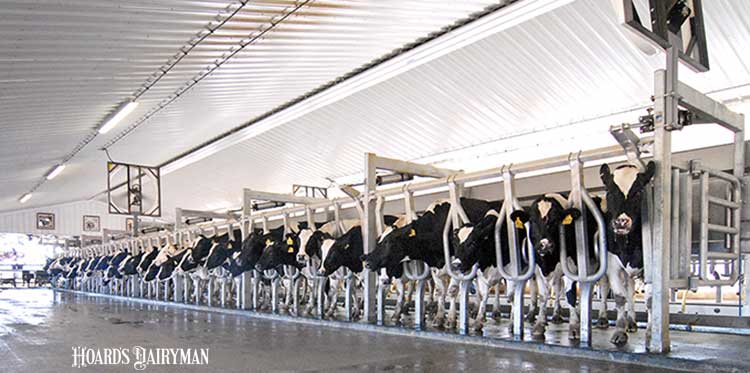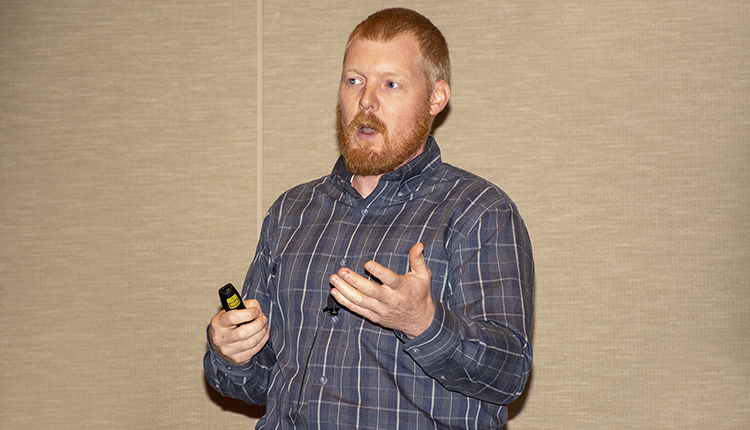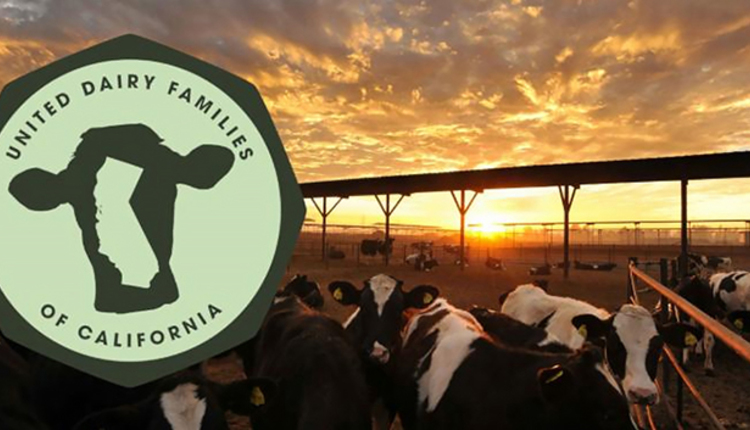
Colorado dairying is on a roll.
According to just-released milk production statistics from USDA, the mile-high state ranks number one in the nation in percentage of production growth during the last five years.
Colorado is up an impressive 41.2 percent over that time, which is more than five times the U.S. average of 8.1 percent. Texas and South Dakota are tied for second at 33.7 percent.
How is Colorado doing it?
Farm numbers are a big reason. Since 2009, 31.8 percent of all U.S. dairies have gone out of business. Colorado, however, has lost only a fraction of that number – just 10 farms or 7.7 percent.
The state’s average milk production per cow is also outstanding. Even with a microscopically small gain of just 34 pounds last year, Colorado was second in the nation at 25,892 pounds. That makes six years in a row it has ranked either first or second.
And Colorado dairies have been growing.
At 1,350 cows per farm in 2018, the state had the fourth-largest average herd size in the U.S. – up significantly from 985 cows in 2011. Colorado cow numbers increased by 8.6 percent in 2018 (first nationally) and are up 28.5 percent the last five years (a close second behind South Dakota’s 28.7 percent).
What is Colorado’s lure as a dairy area?
Producers there point to the state’s ag-based and livestock-strong economy; an outstanding quality of life; good demand for milk by the state’s biggest processor, Leprino Foods, although there are few other options; water is still abundant; winters are relatively mild; cool summer evenings are cow-friendly; and the high, dry altitude is good for growing grains and alfalfa.
They say the biggest limitations are keen competition for labor (Colorado’s statewide unemployment rate is just 3.7 percent and nearby oil states are a powerful attraction for ag workers), and water can be expensive.











